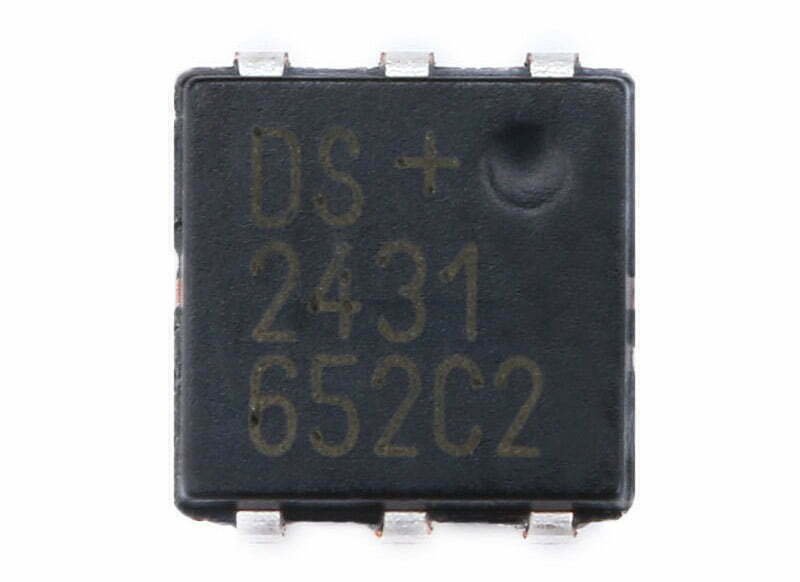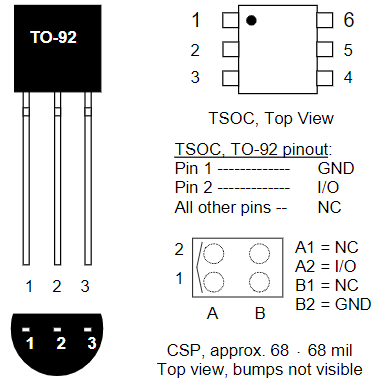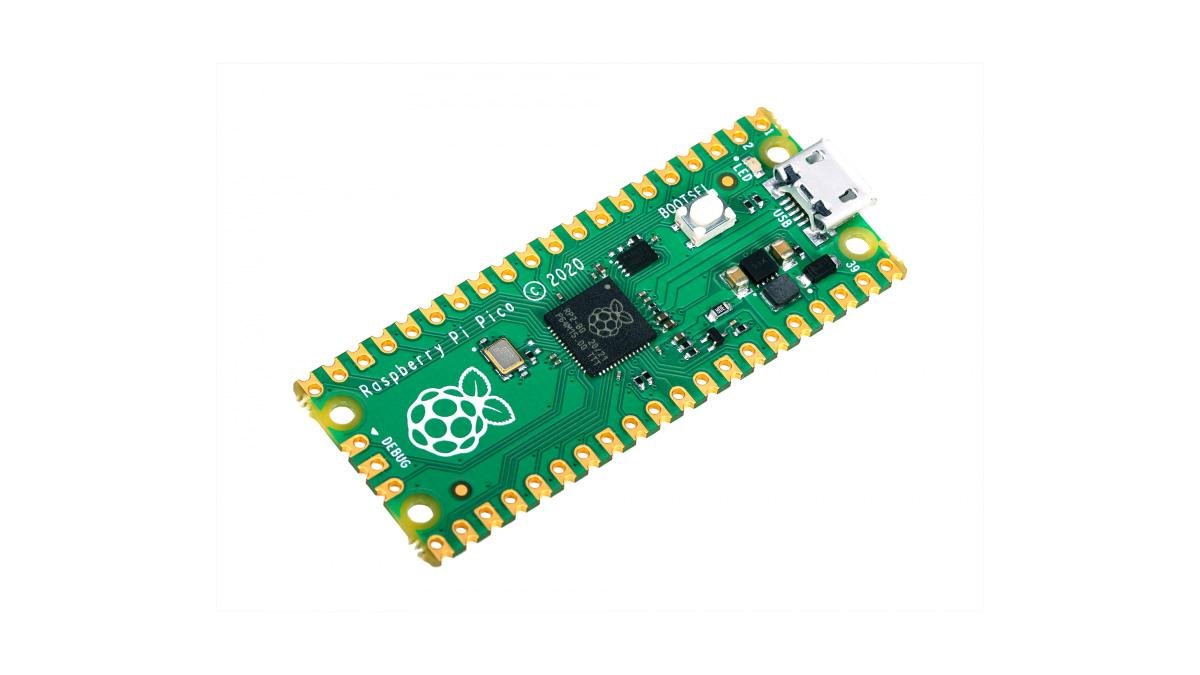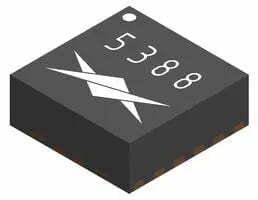About DS2431 Chips
The DS2431 is a 1-Wire® EEPROM device that is made up of four memory sections, each one having 256 bits. A scratchpad of eight bytes is used to store data, and the data is then copied to the EEPROM. In addition, the four memory sections can be individually switched to EPROM-emulation mode, where bits can only be altered from 1 to 0. The DS2431 communicates using a single wire. The 1-Wire protocol is used for communication.

Features of DS2431
Electronic technical parameters:
- Power supply voltage: (DC) 5.00 V, 5.25 V (max)
- Number of pins: 3
- Access time: 2 µs
- Memory capacity: 125B
- Working temperature: -40 ℃~85 ℃
- Working voltage: 2.8V ~ 5.25V
Package parameters:
- Installation method: Through Hole
- Number of pins: 3
- Package Type: TO-92
Dimensions:
- Length*Width*Height: 4.95 3.94 4.95 mm
International Standard:
- RoHS Standard: Approved
- Lead Standard: Lead Free
PIN Configuration

Here are the pin descriptions for the DS2431 based on TO-P2:
- GND: Ground connection;
- DQ: 1-Wire Data I/O;
- NC: All other pins.
The DS2431 communicates over a single wire (DQ) that also serves as both power supply and ground. The DQ pin is bidirectional, and is used to send and receive data between the DS2431 and a host device.
Benefits of DS2431
- The DS2431 contains 1024 bits of electrically erasable and programmable ROM partitioned into four pages of 256 bits each.
- The ROM-emulation mode allows individual pages to be permanently write-protected or set to EPROM-emulation mode (“write to 0”).
- Switchpoint hysteresis and filtering are used to optimize performance in the presence of noise.
- The DS2431 is built to withstand voltages from -40°C to +125°C and includes IEC 1000-4-2 Level 4 ESD protection (+8kV contact, +15kV air, typical).
- The device communicates with a host using a single digital signal at 15.4kbps via the OneWire protocol.
- It also meets the AEC-Q100 Grade 1 quality standard. Standard versions are also available for industrial temperature range (−40°C to +125°C) (DS2431).
Applications of DS2431
- Analog sensor calibration, including IEEE P1451.4;
- Accessories/PCB identification, smart sensors;
- Ink and toner cartridge identification;
- Automotive sensor identification and calibration;
- data storage, automotive cable assembly identification.






